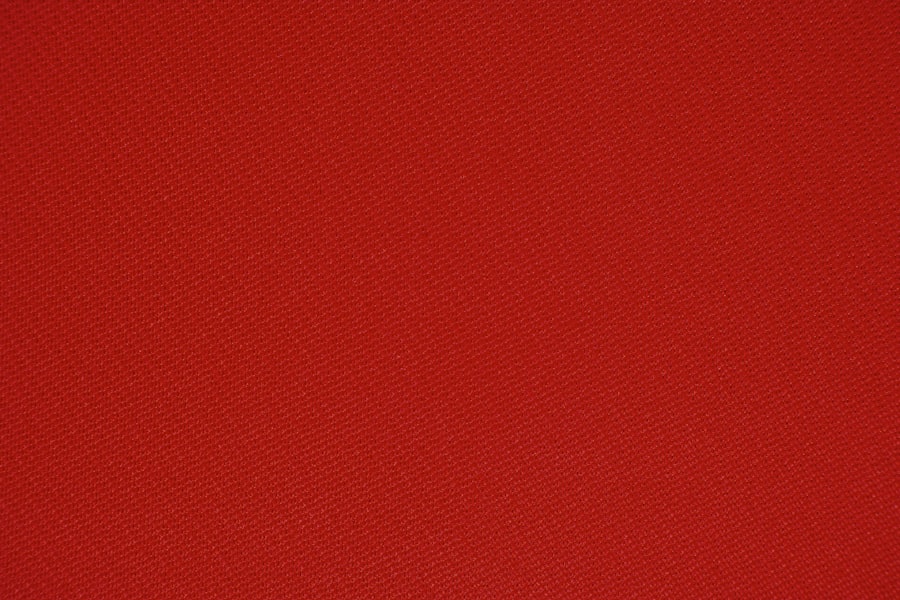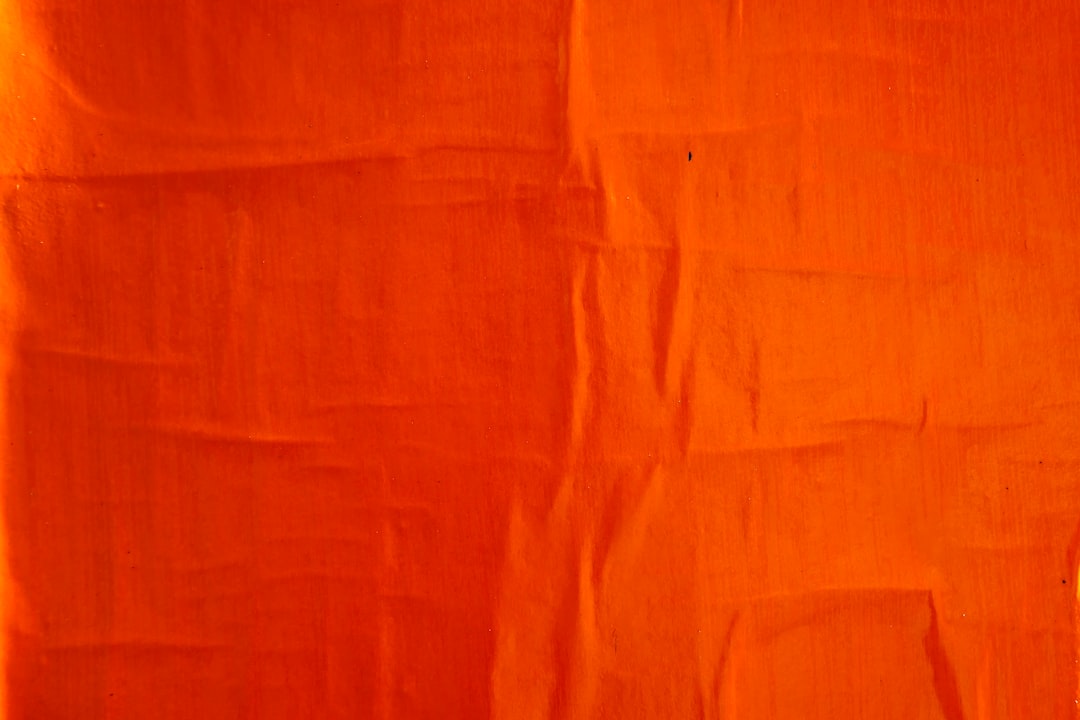Histamine bumps, often referred to as hives or urticaria, are raised, itchy welts that can appear on your skin in response to various triggers. These bumps occur when your body releases histamine, a chemical involved in immune responses, particularly during allergic reactions. When histamine is released into the skin, it causes blood vessels to leak fluid, leading to swelling and the characteristic raised appearance of these bumps.
You may notice that they can vary in size and shape, sometimes merging to form larger areas of swelling. While they can be uncomfortable and unsightly, understanding the underlying mechanisms can help you manage and prevent them effectively. The appearance of histamine bumps can be alarming, especially if you are unaware of their cause.
They can arise suddenly and may last for a few hours or even days, depending on the individual and the trigger involved. You might find that certain factors exacerbate your condition, such as stress, temperature changes, or specific foods. Recognizing these triggers is essential for managing your symptoms and preventing future outbreaks.
By understanding histamine bumps and their implications, you can take proactive steps to minimize their occurrence and impact on your daily life.
Key Takeaways
- Histamine bumps, also known as hives or urticaria, are raised, itchy welts on the skin caused by an allergic reaction to histamine.
- Causes of histamine bumps post-epilation include skin irritation from waxing, shaving, or hair removal creams, as well as an allergic reaction to the products used.
- Prevention of histamine bumps can be achieved by using gentle hair removal methods, avoiding allergens, and keeping the skin well-moisturized.
- Treatment options for histamine bumps include over-the-counter antihistamines, corticosteroid creams, and cold compresses to relieve itching and inflammation.
- Home remedies for histamine bumps include applying aloe vera, oatmeal baths, and avoiding hot showers to soothe the skin and reduce irritation.
Causes of Histamine Bumps Post-Epilation
Epilation, the process of removing hair from the root, can lead to histamine bumps for several reasons.
This trauma can trigger an inflammatory response in your body, leading to the release of histamine.
If you have sensitive skin or a history of allergic reactions, you may be more prone to developing these bumps after hair removal. The irritation caused by the epilation process can result in localized swelling and redness, making it easy to confuse histamine bumps with other skin reactions. Additionally, the products you use during and after epilation can contribute to the development of histamine bumps.
Many hair removal creams and waxes contain chemicals that may irritate your skin or provoke an allergic reaction. If you have sensitive skin or are prone to allergies, it’s crucial to choose products that are hypoallergenic and designed for sensitive skin types. Furthermore, environmental factors such as heat and humidity can exacerbate the situation, making it essential to consider your surroundings when planning hair removal sessions.
Prevention of Histamine Bumps

Preventing histamine bumps requires a multifaceted approach that addresses both the method of hair removal and your skin’s sensitivity. One effective strategy is to prepare your skin before epilation. This preparation can include exfoliating gently a day or two prior to hair removal to remove dead skin cells and reduce the risk of ingrown hairs.
Additionally, applying a soothing lotion or oil can create a barrier that minimizes irritation during the epilation process. You might also consider testing a small area of your skin with any new product before using it extensively to ensure that it does not provoke a reaction. Another preventive measure involves choosing the right epilation technique for your skin type.
If you have sensitive skin, you may want to opt for less aggressive methods such as shaving or using an electric trimmer instead of waxing or tweezing. If you prefer waxing, look for products specifically formulated for sensitive skin that contain soothing ingredients like aloe vera or chamomile. Moreover, timing your hair removal sessions during cooler parts of the day can help reduce the likelihood of histamine bumps by minimizing sweat and heat exposure.
Treatment Options for Histamine Bumps
| Treatment Option | Description |
|---|---|
| Antihistamines | Medication to block the effects of histamine and reduce symptoms |
| Corticosteroid Cream | Topical cream to reduce inflammation and itching |
| Cool Compress | Applying a cold compress to the affected area to reduce swelling and itching |
| Avoiding Triggers | Avoiding known triggers such as certain foods, medications, or environmental factors |
When histamine bumps do occur, there are several treatment options available to alleviate discomfort and reduce their appearance. Over-the-counter antihistamines are often the first line of defense against these itchy welts. Medications such as diphenhydramine or loratadine work by blocking the action of histamine in your body, providing relief from itching and swelling.
You may find that taking an antihistamine shortly after noticing the bumps can significantly reduce their severity and duration. In addition to antihistamines, topical treatments can also be beneficial in managing histamine bumps. Creams containing hydrocortisone or calamine lotion can help soothe irritated skin and reduce inflammation.
Applying a cold compress to the affected area may also provide immediate relief by numbing the skin and reducing swelling. If you find that over-the-counter options are not effective, consulting with a healthcare professional may lead to prescription medications or alternative therapies tailored to your specific needs.
Home Remedies for Histamine Bumps
In addition to conventional treatments, several home remedies may help alleviate the discomfort associated with histamine bumps. One popular remedy is oatmeal baths, which can soothe irritated skin and reduce itching. You can create an oatmeal bath by grinding plain oats into a fine powder and adding it to warm bathwater.
Soaking in this mixture for about 15-20 minutes can provide relief from itching and inflammation. Another effective home remedy is applying aloe vera gel directly to the affected areas. Aloe vera is known for its anti-inflammatory properties and can help cool down irritated skin while promoting healing.
You might also consider using chamomile tea bags as a compress; simply steep the tea bags in hot water, allow them to cool, and then place them on the bumps for soothing relief. These natural remedies can be gentle on your skin while providing comfort during flare-ups.
When to Seek Medical Attention

While histamine bumps are often benign and manageable at home, there are instances when seeking medical attention is necessary. If you experience severe swelling or difficulty breathing alongside your histamine bumps, it could indicate a more serious allergic reaction known as anaphylaxis. This condition requires immediate medical intervention, as it can be life-threatening if not treated promptly.
Additionally, if your histamine bumps persist for an extended period or become increasingly painful or infected, it’s essential to consult a healthcare professional. They can help determine whether there is an underlying condition contributing to your symptoms and recommend appropriate treatments tailored to your situation. Being proactive about your health ensures that you receive the care you need when dealing with persistent or severe reactions.
Tips for Managing Histamine Bumps
Managing histamine bumps effectively involves a combination of prevention strategies and lifestyle adjustments. Keeping a diary of your outbreaks can help identify patterns and triggers associated with your histamine bumps. By noting what you ate, activities you engaged in, and products you used before an outbreak, you may uncover specific factors that contribute to your condition.
Incorporating stress management techniques into your daily routine can also be beneficial since stress is known to exacerbate allergic reactions in some individuals. Practices such as yoga, meditation, or deep-breathing exercises can help reduce stress levels and improve your overall well-being. Additionally, maintaining a healthy diet rich in anti-inflammatory foods may support your immune system and reduce the frequency of outbreaks.
Living with Histamine Bumps
Living with histamine bumps can be challenging, but understanding their causes and implementing effective management strategies can significantly improve your quality of life. By recognizing triggers, choosing appropriate hair removal methods, and utilizing both conventional treatments and home remedies, you can minimize discomfort and prevent future outbreaks. Remember that while histamine bumps may be a nuisance, they are often manageable with the right approach.
As you navigate life with histamine bumps, don’t hesitate to seek support from healthcare professionals when needed. They can provide valuable insights tailored to your unique situation and help you develop a comprehensive plan for managing your symptoms effectively. With patience and proactive care, you can live comfortably while minimizing the impact of histamine bumps on your daily activities.
If you are experiencing histamine bumps after epilating, you may want to check out this article on inlaserhairremoval.com for tips on how to soothe and prevent them. This website also offers valuable information on laser hair removal and other fashion and beauty topics, such as skincare routines and hair removal methods. Be sure to explore their other articles on inlaserhairremoval.
com/fashion-home-3/’>fashion and home for more helpful tips and advice.
FAQs
What are histamine bumps?
Histamine bumps, also known as hives or urticaria, are raised, red, itchy welts on the skin that occur as a result of the release of histamine in the body. They can be triggered by various factors, including allergies, stress, and friction on the skin.
What is epilating?
Epilating is a method of hair removal that involves using an electric device to grasp and pull out multiple hairs at once from the root. This can cause temporary discomfort and irritation to the skin.
Why do histamine bumps occur after epilating?
Histamine bumps can occur after epilating due to the irritation and friction caused by the hair removal process. This can trigger the release of histamine in the body, leading to the development of hives or welts on the skin.
How can histamine bumps be treated after epilating?
Histamine bumps after epilating can be treated with over-the-counter antihistamines to reduce itching and inflammation. Applying a cold compress or using soothing lotions can also help alleviate discomfort. If the bumps persist or worsen, it is advisable to seek medical advice.
Are there any preventive measures for histamine bumps after epilating?
To prevent histamine bumps after epilating, it is recommended to exfoliate the skin before epilating to remove dead skin cells and reduce the risk of irritation. Using a gentle, moisturizing shaving gel or cream can also help minimize friction and irritation during the hair removal process.





